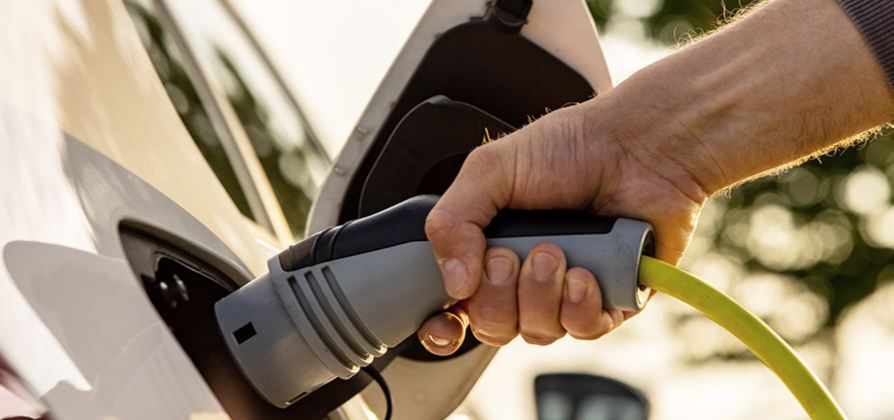As the evolution of the automotive industry continues to unfold, certain vehicles retain their prominence, offering not only versatility but adaptability. In particular, vans have long embodied myriad lifestyles and needs—painting an intriguing picture of consumer preferences and economic trends.
For instance, data from Experian’s Automotive Consumer Trends Report: Q4 2023 found there are currently more than 18 million vans in operation in the United States. Furthermore, there were over 245,000 new van retail registrations in the last 12 months—with mini vans such as the Honda Odyssey accounting for 79.4% of new van retail registrations and full-size vans including the Mercedes-Benz Sprinter making up the remaining 20.5%.
Diving into the details, Honda comprised 27.3% of the market share by make in Q4 2023, followed by Toyota (19.3%), KIA (16.7%), Chrysler (13.7%), and Mercedes-Benz (9.0%).
When looking at the most sought after vans, the Honda Odyssey led the market share by model this quarter—coming in at 27.3%. The Toyota Sienna trailed behind at 19.3%, followed by KIA Carnival at 16.7%, Chrysler Pacifica (13.5%), and Mercedes-Benz Sprinter (9.3%).
While understanding the broader trends in van registrations is important for automotive professionals, exploring the demographics more in depth will help tailor marketing strategies effectively and personalize guidance to those who are in the market for a vehicle.
For example, Gen X made up the largest portion of retail van registrations in Q4 2023 at 36.0%, followed by Millennials at 27.6%, Boomers (25.3%), Gen Z (7.5%), and Silent (3.3%).
In order to align their strategies with the needs and preferences of van buyers, professionals throughout the automotive industry should delve into the nuances of who is buying and the models they’re interested in. This will also enable them to sustain the foundation for success in the dynamic automotive landscape.
To learn more about vans, view the full Automotive Consumer Trends Report: Q4 2023 presentation.



